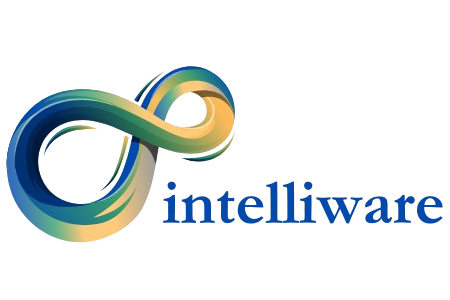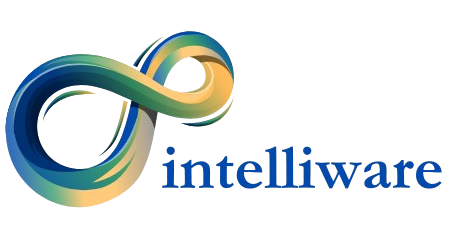SDG 6, Clean Water and Sanitation

Clean Water and Sanitation
Access to clean water and proper sanitation is fundamental to human health, well-being, and overall development. Goal 6 of the Sustainable Development Goals (SDGs) focuses on ensuring that everyone has access to safe and affordable drinking water and adequate sanitation by the year 2030. Let’s delve deeper into the importance of this goal and explore some examples of initiatives that contribute to its achievement.
Importance of Goal 6:
- Health and Disease Prevention: Clean water and proper sanitation are crucial in preventing the spread of waterborne diseases such as cholera, diarrhea, and typhoid. Access to clean water and sanitation facilities reduces the risk of illness and improves overall community health.
- Children’s Education: When children have access to clean water and sanitation facilities at schools, they are more likely to attend regularly and perform better in their studies. Improved sanitation also contributes to the dignity and well-being of female students.
- Gender Equality: In many societies, women and girls bear the burden of collecting water for their families. Access to clean water and sanitation can free up their time and enable them to pursue education and income-generating activities, promoting gender equality.
- Economic Development: Reliable access to clean water is essential for agriculture, industry, and energy production. It can contribute to increased agricultural productivity, job creation, and economic growth.
Examples of Initiatives:
- Community Water Sources: Many communities, especially in rural areas of developing countries, lack access to clean water. Initiatives involve building and maintaining communal water sources such as wells, boreholes, and hand pumps. For instance, organizations like Charity: Water work to fund and build clean water projects in underserved regions.
- Sanitation Facilities: In areas where sanitation facilities are inadequate or absent, organizations like the World Toilet Organization work to promote the construction of proper toilets and latrines. These initiatives help improve hygiene, reduce disease transmission, and enhance the dignity of individuals.
- Water Purification Technologies: Innovative water purification technologies, such as water filtration systems and solar disinfection methods, provide cost-effective solutions to ensure access to clean water. These technologies are particularly beneficial in remote or disaster-affected areas.
- Wastewater Treatment: Proper treatment of wastewater from households, industries, and agriculture prevents pollution of water bodies. Constructing and maintaining wastewater treatment plants helps ensure that water sources remain clean and safe for consumption.
- Rainwater Harvesting: In regions with limited access to freshwater sources, rainwater harvesting systems collect and store rainwater for various uses. These systems provide an additional source of clean water for drinking, cooking, and irrigation.
- Awareness and Education: Public awareness campaigns and educational programs inform communities about the importance of clean water and sanitation. These initiatives encourage proper hygiene practices and the sustainable use of water resources.
- Government Policies and Regulation: Governments play a crucial role in achieving Goal 6 by implementing policies and regulations that prioritize clean water and sanitation. These measures can include investing in infrastructure, enforcing water quality standards, and ensuring equitable access for all citizens.
Johkasou Packaged Sewage Treatment Plants: A Sustainable Solution
The global pursuit of sustainable development has led to innovative solutions that address various environmental and societal challenges. One such solution is the Johkasou packaged sewage treatment plant, which plays a significant role in contributing to several Sustainable Development Goals (SDGs). These advanced treatment systems offer a holistic approach to sewage treatment, emphasizing resource efficiency, environmental protection, and improved quality of life.
These systems treat domestic sewage at the source, ensuring that pollutants are removed before entering water bodies or the environment. By producing treated effluent that meets strict quality standards, Johkasou plants help conserve clean water resources and prevent water pollution, contributing to improved water quality and sustainable water management.
In conclusion, Goal 6 of the Sustainable Development Goals is pivotal in ensuring that everyone has access to clean water and sanitation, which are essential for health, education, gender equality, and economic development. Through a combination of community-driven initiatives, technological innovations, and government support, progress can be made towards providing clean water and sanitation facilities for all, creating a healthier and more sustainable world.

